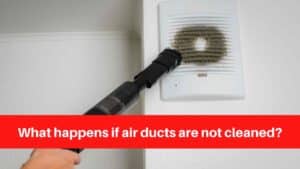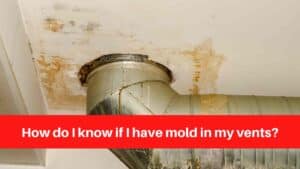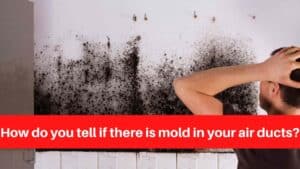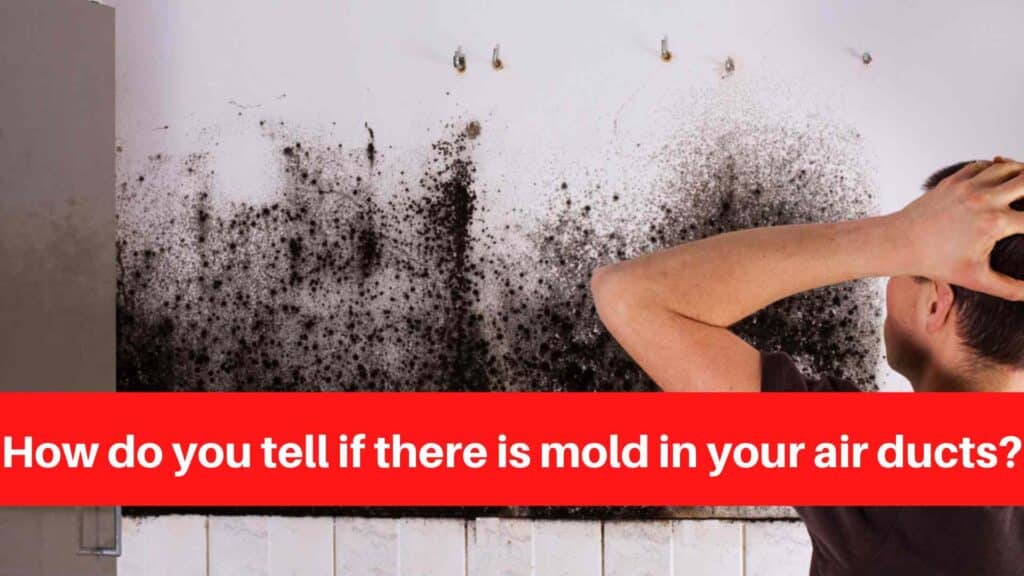What Are the Symptoms of Mold in Air Ducts?
Mold is a type of fungus that thrives in moist, dark conditions. There are a few ways to determine whether or not you have mold in your air ducts.
Visible growth is one way to tell if you have mold in your air ducts. Mold is most likely to be found on the surfaces of your ductwork if you notice any black, green, or white growth. Musty odors are another indicator of mold in your air ducts. Mold growth in your air ducts could be the source of a musty odor in your home.
You may also notice a musty or mildew odor throughout your home. This is frequently one of the first signs that mold is present. Additionally, when you turn on the air conditioner or come inside after being outside, you may begin coughing and sneezing. A runny nose, rashes, and watery eyes are also common symptoms. Headaches are common as well, but they should go away once you leave the house. Finally, if mold is present in your air ducts, you may experience nausea, fatigue, and dizziness while at home. If you suspect mold in your air ducts, it’s critical to have them inspected by a professional as soon as possible.
Mold Exposure and Health Risks
Mold is a fungus that thrives in moist, dark conditions. Mold spores can cause a variety of health problems when they become airborne, including allergic reactions, respiratory infections, and asthma.
Mold exposure can result in symptoms such as coughing, sneezing, watery eyes, and difficulty breathing. Individuals suffering from asthma or other respiratory conditions may be more vulnerable to the effects of mold exposure. Mold exposure can cause pneumonia or other serious lung infections in severe cases.
If you suspect that you have a mold problem in your home, it is critical that you address the problem as soon as possible. A professional mold remediation company can assess the scope of the problem and devise a plan for safely removing the mold.
Tips for Preventing Mold Growth in Air Ducts
Mold is a type of fungus that thrives in moist, dark conditions. Mold thrives in moist conditions, such as those found in air ducts.
You can prevent mold from growing in your air ducts by doing the following:
1. Make sure your home is well-ventilated. Indoor air should be circulated and replaced with fresh outdoor air on a regular basis. This will help to keep mold spores at bay and prevent them from spreading.
2. Install a dehumidifier in damp areas of your house, such as the basement or laundry room. This will keep the air dry and prevent mold growth.
3. Check your air ducts on a regular basis for signs of moisture or leaks. If you see any water, have the leak repaired as soon as possible so that mold does not take hold.
Professional Mold Removal from Your Air Ducts
If you suspect that mold is growing in your air ducts, you should have them professionally cleaned as soon as possible. Mold can cause a wide range of health issues, such as respiratory infections, allergic reactions, and even chronic illnesses.
There are several methods for removing mold from air ducts, but the most effective is to hire a professional service. They will have the necessary equipment and experience to remove all traces of mold from your ductwork in a safe and effective manner.
If you do not want to hire a professional, you can clean the ducts with bleach or vinegar yourself. However, this is not always effective and, if not done correctly, can be dangerous. It is best to delegate this task to professionals.







